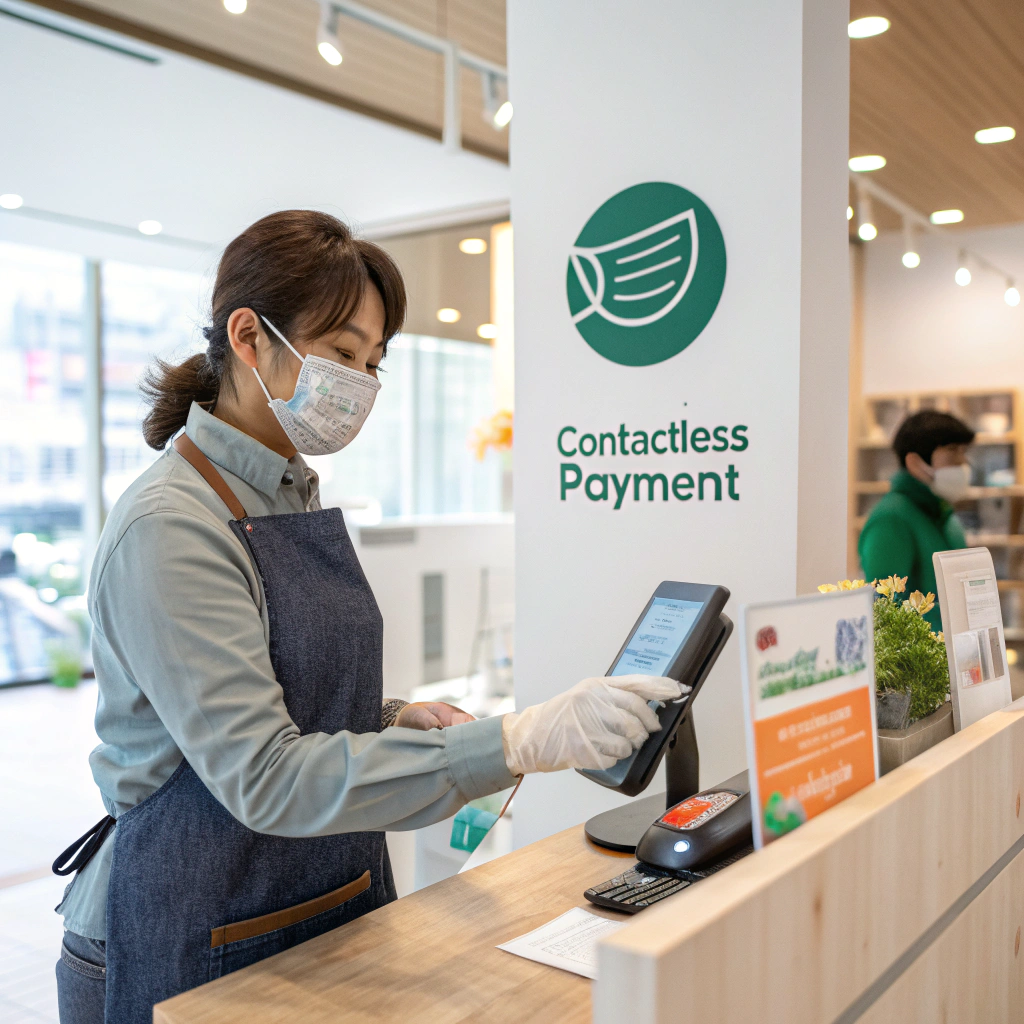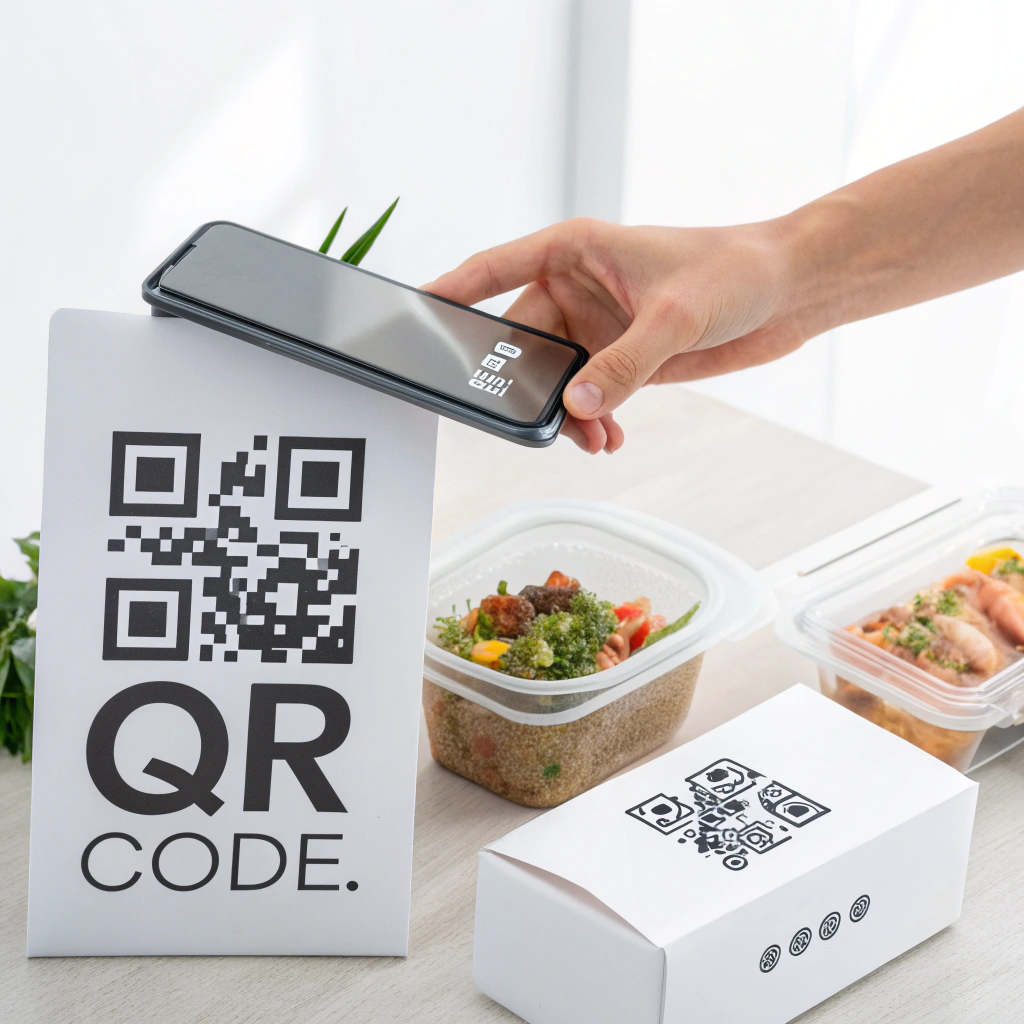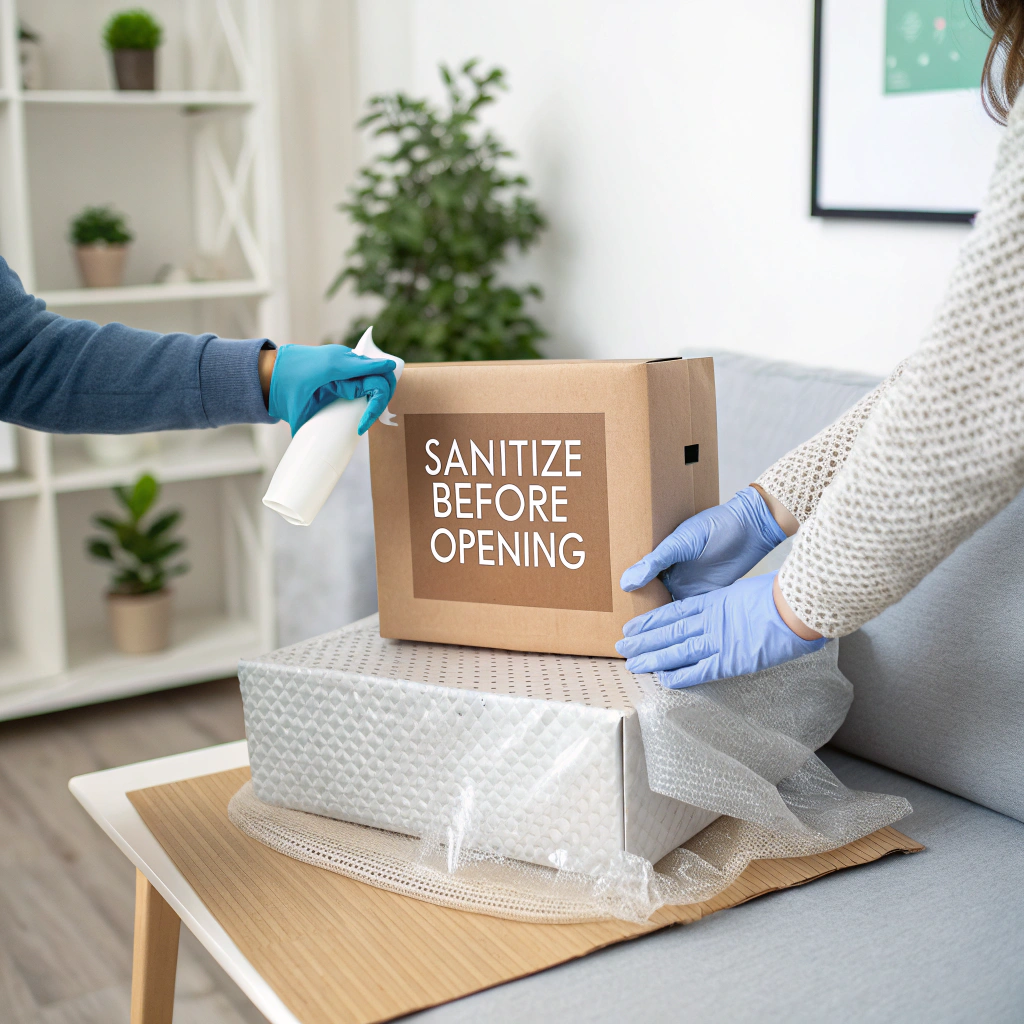Post-Pandemic Packaging Preferences: Hygiene Concerns and Contactless Solutions
The COVID-19 pandemic fundamentally altered consumer expectations around packaging hygiene and safety. Modern consumers now prioritize antimicrobial properties, contactless interactions, and enhanced sanitization features when making purchasing decisions. Understanding these evolving preferences is crucial for brands seeking to meet post-pandemic consumer demands.

Contactless packaging solutions have become essential for meeting post-pandemic consumer safety expectations.
The New Hygiene Imperative
Consumer surveys indicate that 73% of shoppers now consider packaging hygiene a primary factor in purchasing decisions. This shift represents a permanent change in consumer behavior, with heightened awareness of surface contamination and transmission risks extending beyond the pandemic period.
Brands responding to these concerns have implemented antimicrobial packaging treatments, tamper-evident seals, and enhanced barrier properties. These features provide consumers with visible assurance that products remain protected throughout the supply chain.
Contactless Packaging Innovations
The demand for contactless solutions has driven significant innovation in packaging design. Smart packaging with QR codes eliminates the need for physical handling during information gathering. Consumers can access product details, nutritional information, and usage instructions through smartphone scanning.

QR codes on packaging enable contactless access to product information, reducing the need for physical handling.”
Tear-away strips and easy-open features minimize contact time during package opening. Resealable packaging with antimicrobial surfaces allows consumers to safely store products without contamination concerns. These design elements have become standard expectations rather than premium features.
Enhanced Sanitization Features
Packaging manufacturers have integrated UV-resistant materials and antimicrobial coatings as standard features. Silver ion technology and copper-infused materials provide continuous antimicrobial protection without compromising package integrity or recyclability.
Single-use portion packaging has gained popularity as consumers seek to minimize cross-contamination risks. This trend particularly affects food service and retail sectors, where individual portions reduce shared handling and potential transmission vectors.
E-commerce Packaging Evolution
The pandemic accelerated e-commerce adoption, fundamentally changing packaging requirements. Consumers now expect packaging that maintains product integrity during extended shipping periods while providing hygienic delivery experiences.

E-commerce packaging now incorporates enhanced protective features to ensure safe delivery experiences.
Tamper-evident seals and protective barriers have become essential for online orders. Packaging designs now accommodate sanitization protocols, with materials that withstand disinfectant application without degrading or affecting product quality.
Sustainable Hygiene Solutions
Environmental consciousness remains strong despite heightened hygiene concerns. Consumers seek packaging that balances safety with sustainability, driving innovation in biodegradable antimicrobial materials and compostable protective barriers.
Brands successfully addressing both concerns utilize plant-based antimicrobial agents and recyclable materials with enhanced barrier properties. This approach demonstrates that environmental responsibility and hygiene standards can coexist effectively.
Industry-Specific Adaptations
Healthcare packaging has implemented enhanced sterility assurance through improved barrier materials and sterile packaging processes. Food packaging incorporates extended shelf-life technologies and visible safety indicators that communicate product integrity.
Cosmetic and personal care packaging features pump dispensers and contamination-resistant designs that minimize direct contact with product contents. These modifications address consumer concerns while maintaining brand aesthetics and functionality.
Consumer Communication Strategies
Effective communication about packaging hygiene features builds consumer confidence and brand loyalty. Clear labeling of antimicrobial properties, contactless features, and safety certifications helps consumers understand protective measures.
Educational content about proper package handling and disposal creates informed consumers who appreciate enhanced safety features. This approach transforms packaging from purely functional to a communication tool that demonstrates brand commitment to consumer welfare.
Future Market Implications
Post-pandemic packaging preferences represent a permanent shift in consumer expectations. Brands that proactively address hygiene concerns and contactless functionality will maintain competitive advantages in evolving markets.
The integration of technology, enhanced materials, and consumer-centric design creates packaging solutions that exceed traditional functional requirements. This evolution positions packaging as a critical component of brand trust and consumer safety assurance.
Understanding and implementing these post-pandemic packaging preferences enables brands to build lasting relationships with health-conscious consumers while maintaining operational efficiency and sustainability goals.
At Imperial Paper, we help businesses of all sizes design packaging that protects, performs, and delights. From sturdy shipping boxes to branded unboxing experiences, we’ve got you covered.
📞 Talk to our team or explore our eco-friendly, customizable packaging solutions today.
Need smaller quantities or more personalized packaging options? Visit our partner site BestBoxStore.com—perfect for boutique brands, creative campaigns, and custom low-volume orders.
